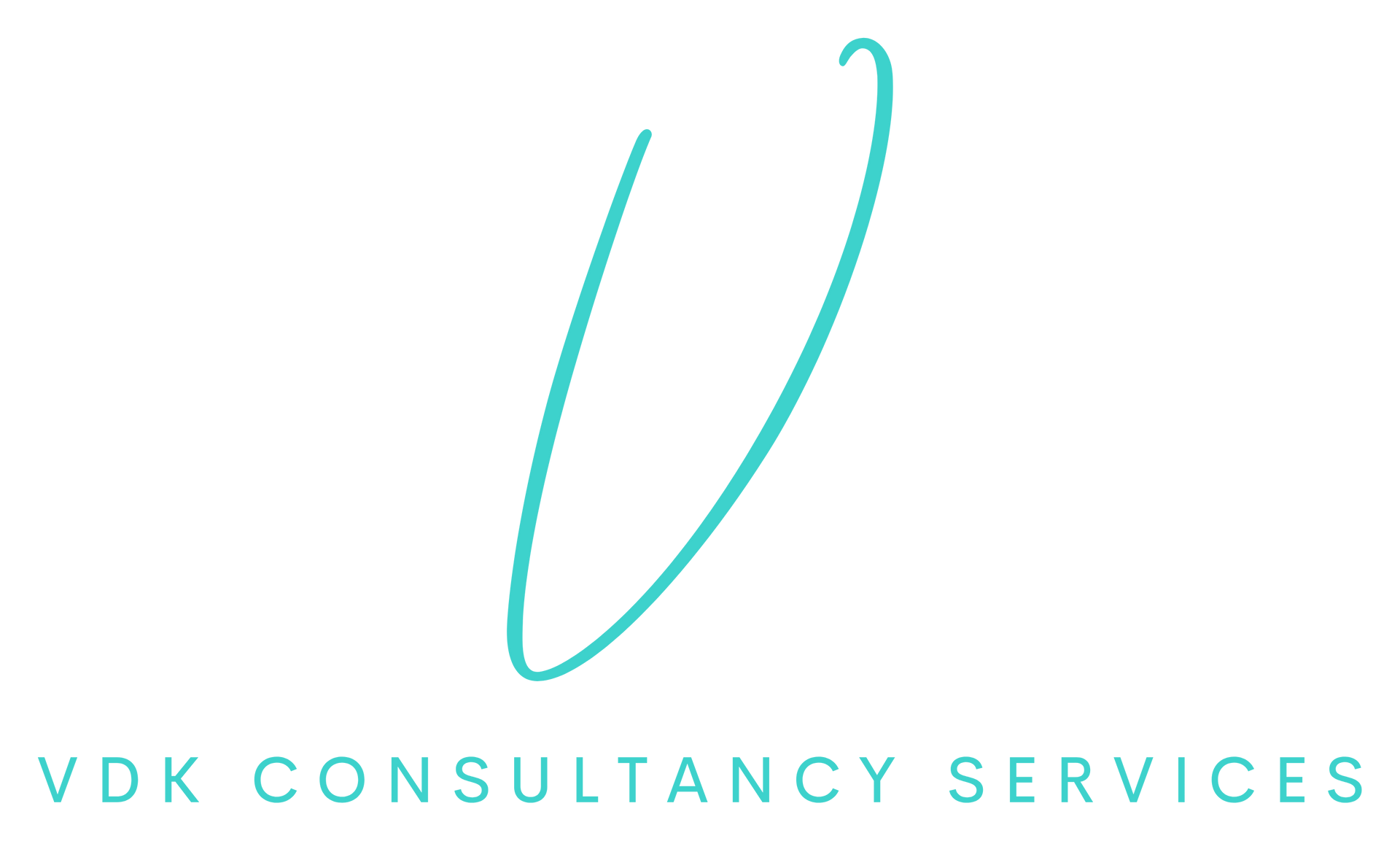Check, check and check again.
Unlocking Success: Masterful Tips and Tricks for Writing Winning Grants and Tenders
In the competitive landscape of funding and procurement, winning grants and tenders can be the turning point for organisations, businesses, and individuals alike. However, the process of crafting a compelling grant or tender proposal can be a daunting task. To succeed, you must skillfully navigate through a sea of competitors and captivate the evaluators with a persuasive, engaging, and well-structured submission. In this blog, we will explore a treasure trove of tips and tricks that can elevate your grant and tender writing to new heights, increasing your chances of success significantly.
Understand Your Audience
One of the key ingredients of a successful grant or tender proposal is understanding your audience. Before diving into the writing process, take the time to research the grant provider or the organisation releasing the tender. Learn about their objectives, values, and previous projects they have funded or awarded. Tailor your proposal to align with their mission and demonstrate how your project or services align with their goals. This personalised approach will immediately engage readers and show them that you have invested time in understanding their needs.
Tell a Compelling Story
Every successful grant or tender proposal is more than just a collection of facts and figures; it is a narrative that takes the reader on a journey. Begin by setting the stage with a gripping introduction that highlights the problem or opportunity you aim to address. Use real-life examples, testimonials, and anecdotes to weave a compelling story that evokes emotions and paints a vivid picture of the impact your project or services can make. By making your proposal relatable and human, you will capture the evaluators' attention and keep them engaged throughout.
Showcase Your Expertise
Confidence comes from competence. Demonstrating your expertise is crucial in convincing readers that you are the right candidate for the grant or tender. Provide evidence of your previous successes, relevant experience, and a track record of delivering results. Utilise data, statistics, and case studies to support your claims and illustrate the efficacy of your proposed solution. By showcasing your expertise, you build credibility and instill trust in the evaluators, making them more receptive to your proposal.
Focus on Clarity and Conciseness
In a world inundated with information, brevity is key. Keep your writing clear, concise, and free of jargon that might confuse or alienate readers. Avoid lengthy sentences and unnecessary technical language. Use bullet points, subheadings, and visual aids to break up the text and make the proposal easy to scan. An organised and succinct proposal will not only be easier for evaluators to digest but also showcase your ability to communicate effectively.
Address Potential Concerns
Anticipate and address potential concerns or objections that evaluators may have about your proposal. Being proactive in acknowledging and providing solutions to potential challenges demonstrates your foresight and commitment to success. It also reassures readers that you have thoroughly thought through the project or services, making your proposal more persuasive and engaging.
Collaboration and Partnerships
If applicable, consider incorporating collaborative efforts and partnerships in your proposal. Highlighting alliances with reputable organisations or experts can strengthen your proposal's credibility and demonstrate a commitment to leveraging resources and expertise. Collaboration adds a sense of community and shared purpose to your proposal, which can be appealing to evaluators.
Visual Appeal
Remember that visual appeal matters. A well-designed proposal with relevant graphics, charts, and images can enhance comprehension and retention of information. Use visuals strategically to emphasise key points, illustrate data, and break up large blocks of text. A visually attractive proposal will not only make your submission stand out but also create a more pleasant reading experience for evaluators.
Conclusion
Writing winning grants and tenders is an art that requires skill, dedication, and a deep understanding of the evaluator's perspective. By implementing these tips and tricks, you can elevate your proposal to new heights, engaging readers and significantly increasing your chances of success. Remember to tailor your proposal to your audience, craft a compelling story, showcase your expertise, maintain clarity and conciseness, address potential concerns, consider collaborations, and invest in visual appeal. Armed with these tools, you will unlock the doors to success and secure the funding or contract you desire. Happy writing and good luck on your journey to triumph!
If you need help in writing a grant or tender, please contact us.












